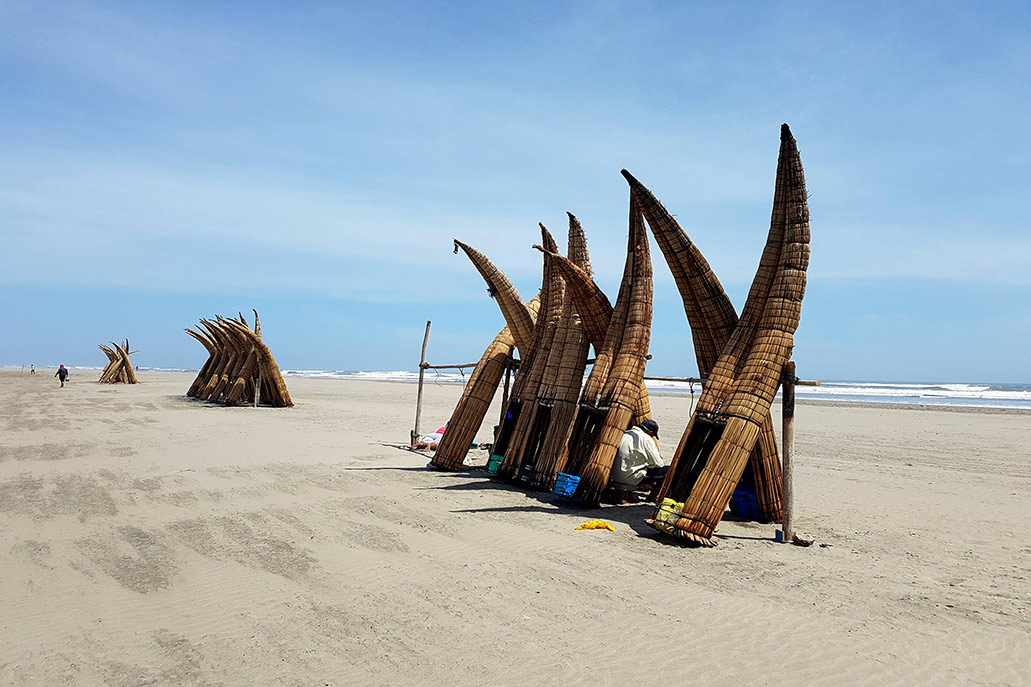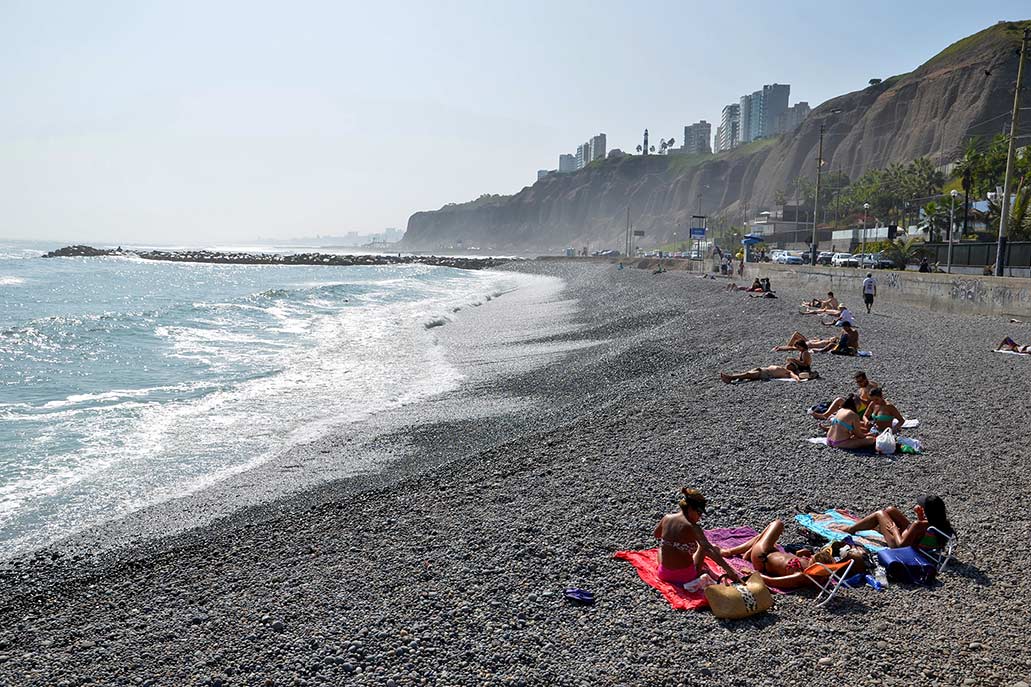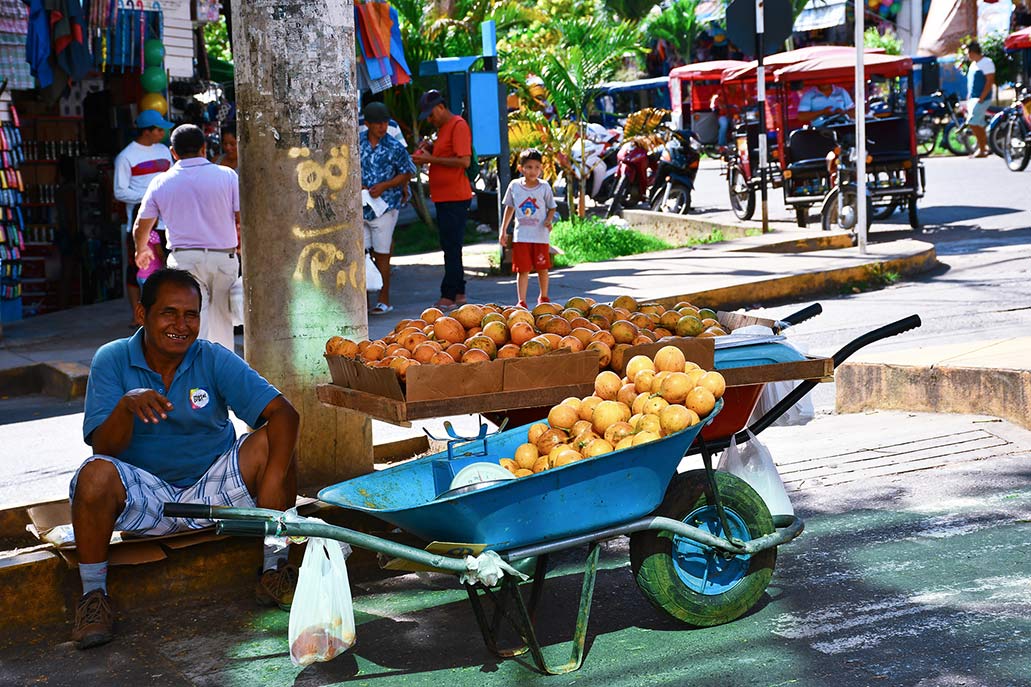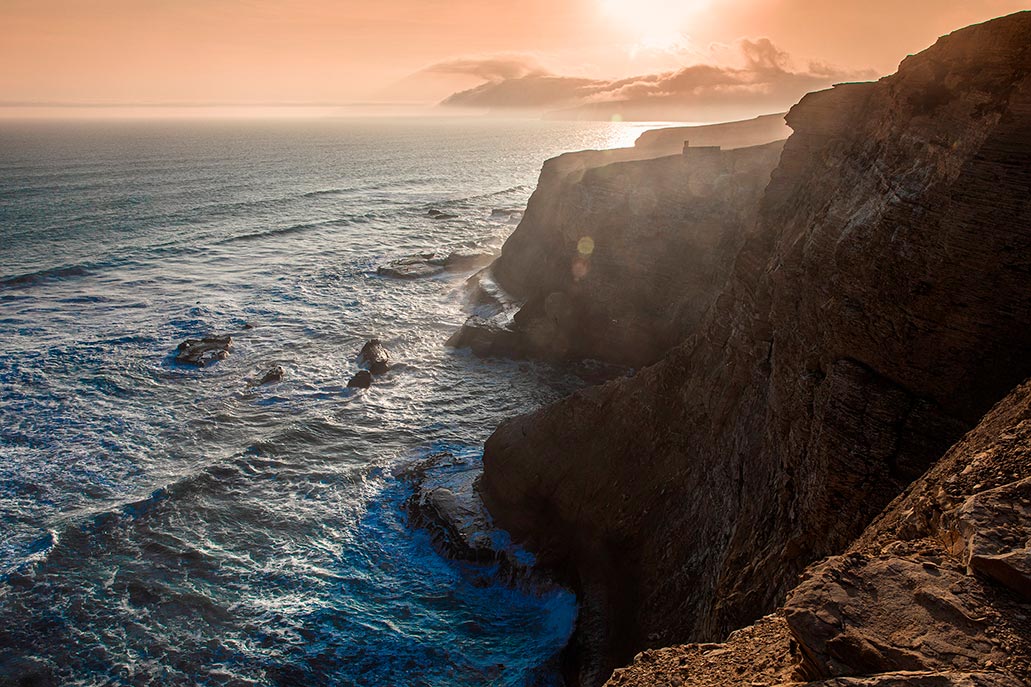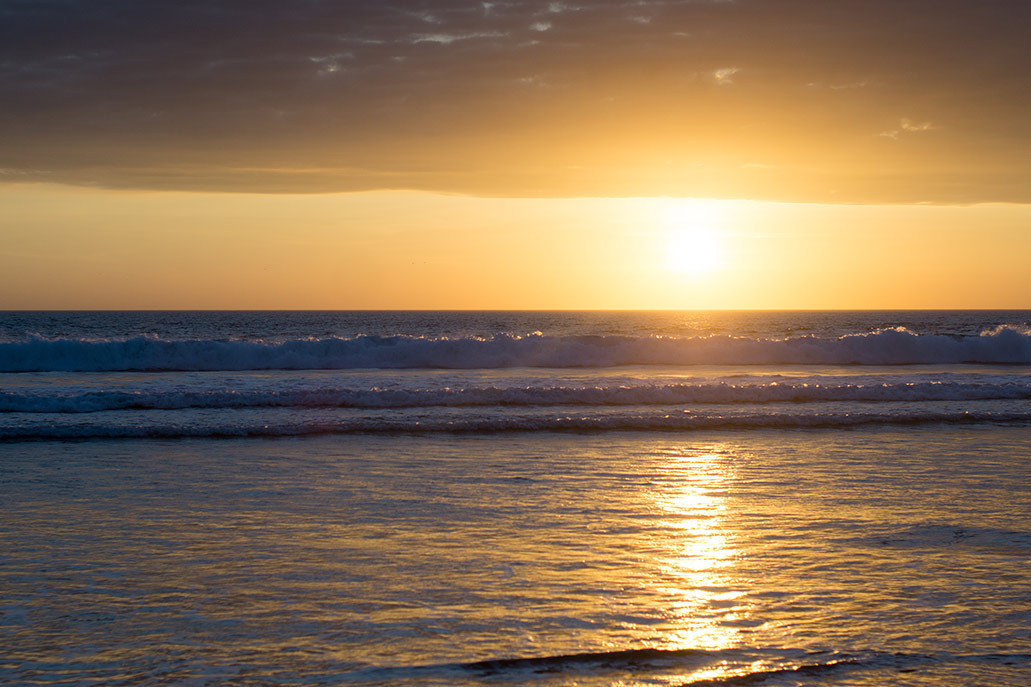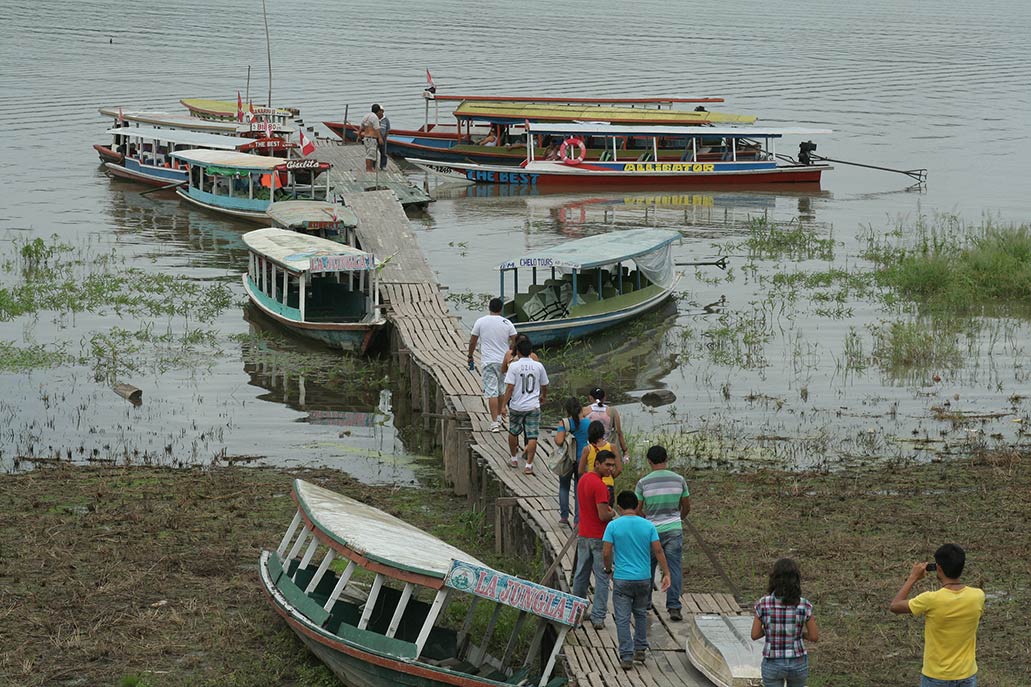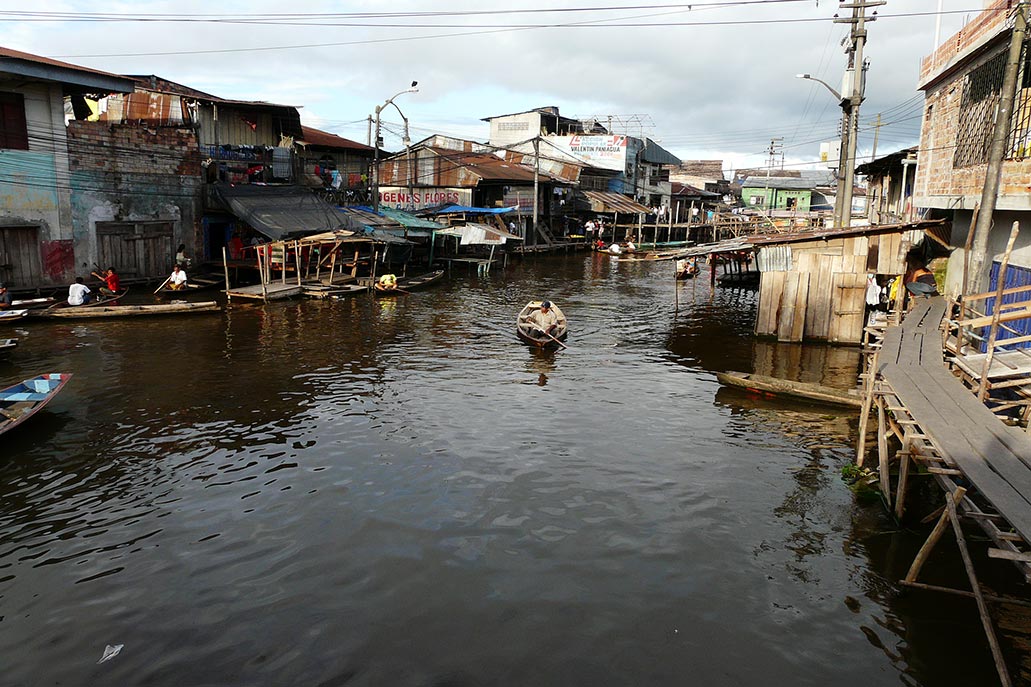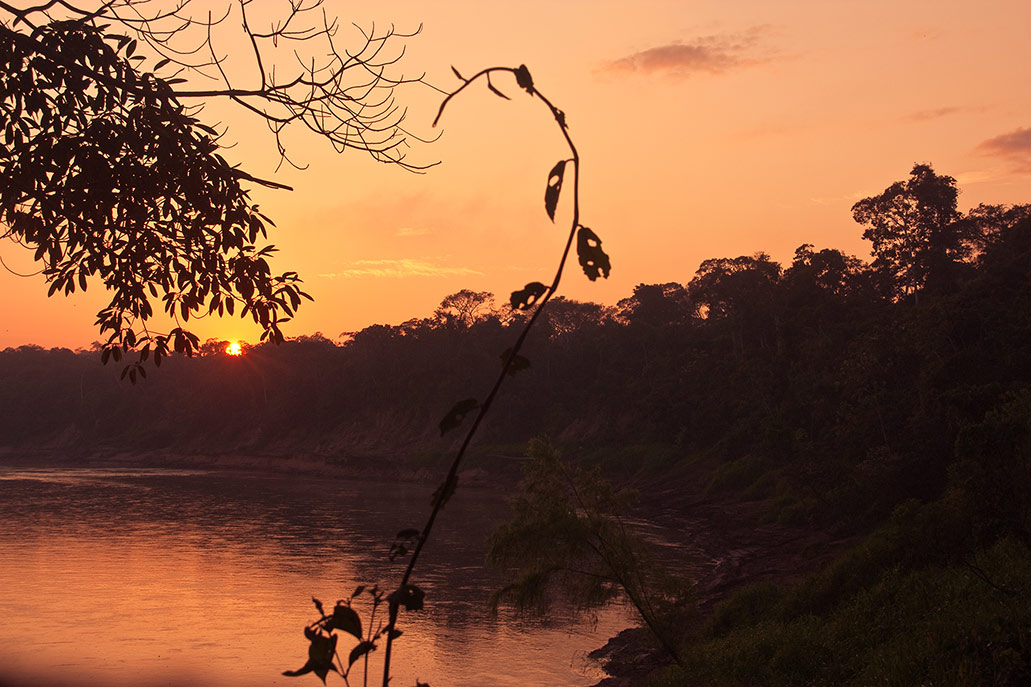8 hottest tourist cities in Peru
Peru is known worldwide for Machu Picchu in the Andes Mountains. However, it also has a dry coastal geography and an immense strip of Amazon rainforest. These regions have temperatures that can reach 38 degrees Celsius. Get to know the hottest tourist cities in Peru!
Does Machu Picchu have high temperatures? – Machu Picchu is located on the eastern side of the Andes Mountains. In this high jungle region there are daytime temperatures of between 20ºC. and 24ºC. At night, temperatures drop to around 8ºC. and 12ºC. It is recommended to bring sunscreen (high radiation) and a rain poncho with you. In the Andes Mountains, rain can happen at any time of the day.
Lima
The ‘city of kings’ has a summer with high temperatures, which have been increasing in the last fifty years. Summers in the capital of Peru can exceed 30 degrees Celsius, with thermal sensations of up to 35ºC. Summers in this desert geography with Andean foothills occur from January to March. The rest of the year the temperature is moderate with light drizzles and high humidity.
Lima has some of the best tourist attractions in Peru. These are the historic streets of the center, the boardwalk and district of Miraflores, the sea, its beaches, shopping centers, the Palomino Islands (in Callao), the archaeological sites of Pachacamac, Caral and its important museums. Lima is the main point from whose airport you can visit the rest of the country. When it is summer in Lima it is usually rainy in the mountain and jungle regions of the country.
- How to get there? From any part of the world through a plane trip to the Jorge Chávez international airport, the most important in Peru.
- Tourist attractions Caral Archaeological Site, Pachacamac Archaeological Site, Palomino Islands and more.
Tarapoto
The city of Tarapoto in the Amazon jungle is one of the most touristy and, incidentally, the hottest in Peru. It is located in the north of the country, in the San Martín region. Summers in Tarapoto occur in July, August and September. Then temperatures can reach 34ºC. However, during the year the temperatures do not drop below 24ºC. In January, February and March the rains are more intense with river flooding.
Tarapoto is a tourist city with important tourist attractions, such as: the Ahuashiyacu waterfalls, the blue lagoon, the city of Lamas (Lamas castle), the Pucayaquillo waterfalls, the Carpishuyacu waterfalls, the Santa Elena ecological reserve, the Parque Nacional El Abiseo, the San Antonio de Cumbaza winery and more. Due to the heavy rains, the climate is hot and tropical. It is recommended to bring mosquito repellent.
- How to get there? From the city of Lima on a 957-kilometer bus trip (20 hours of travel). The flight to Tarapoto airport takes 1 hour 30 minutes.
- Tourist attractions The blue lagoon, the Ahuashiyacu waterfalls, the Lamas castle, as well as its abundant flora and fauna.
Ica
Ica has a very hot desert geography, but with important tourist attractions. It is located 304 kilometers by road from the city of Lima. In its most important towns (such as Ica, Pisco, Paracas and Cañete); Temperatures above 35ºC are recorded, mainly in the summer (January, February and March). The rains are very scarce. February, the wettest month, records only 2.98 millimeters of rain.
The Ica region contains some of the most important tourist attractions in Peru, such as: the Huacachina oasis, the Paracas resort (Ballestas Islands), the Nazca lines, its vineyards, the canyon of the lost, the sanctuary of the Lord of Luren and more. Due to its location close to Lima, many visitors take a 1 or 2-day tour to finally return to Lima and go to other regions of the country.
- How to get there? From the city of Lima on a land trip of 304 kilometers (approximately 4 hours 30 minutes).
- Tourist attractions Paracas, Huacachina, the Nazca lines and more.
Piura
Piura is known as ‘the city of eternal heat’ due to its high temperatures every month. This is mainly due to the proximity to the equator. The maximum temperatures recorded reach 37ºC. They are greater sensations. The highest temperatures are recorded in January, February and March. Rains are rare in these months. However, on rare occasions, they occur due to the so-called ‘El Niño phenomenon’.
The Piura region has the best beaches in Peru. Its main tourist attractions are: the Máncora resort, the Sechura desert, humpback whale watching and swimming with turtles, Cabo Blanco beach, Chulucanas, the Caracucho waterfall and more. Visitors from all regions of Peru and the world come to Piura to enjoy its beaches (with good waves), its exquisite gastronomy, its nightlife and good quality hotels.
- How to get there? From the city of Lima on a road trip of 987 kilometers (16 hours). By flight the trip from Lima takes approximately 1 hour 30 minutes.
- Tourist attractions Main beaches of Piura such as Máncora, Los Órganos, Colán, Pocitas, Vichayito, Cabo Blanco and more.
Pucallpa
Pucallpa in the Amazon rainforest has some of the highest temperatures in Peru. Its name comes from two Quechua words that mean: red land. This is what this tourist region is known as, where the highest temperatures can reach 36 degrees Celsius. This in its summer from August to October. Low temperatures drop to 16ºC. in November and December. It is located on the border with Brazil.
Pucallpa is one of the best destinations in the Peruvian Amazon jungle. Its main tourist attractions are: the Yarinacocha lagoon, the Pucallpa natural park, the Biokuka botanical garden, clock square, the Curimaná regalia waterfalls and the Ucayali river. In addition, many visitors come to Pucallpa interested in performing ayahuasca ceremonies with a professional shaman. On June 24, the famous San Juan Festival is celebrated.
- How to get there? From the city of Lima on a land transportation trip of 728 kilometers (16 hours).
- Tourist attractions Yarinacocha Lagoon, Pucallpa Plaza de Armas, Ucayali River, Curimaná Falls, as well as Amazonian flora and fauna.
Iquitos
The city of Iquitos is known as ‘the capital of the Peruvian Amazon’ or ‘beautiful island’. This is because it is located on the banks of the Amazon River, surrounded by water and abundant vegetation. Thus, the only way to get there is by boat or by plane. Its maximum temperatures reach 37ºC. Their summer occurs at the end of August until the end of November. Its tropical climate is also characterized by intense rains.
Iquitos is one of the most touristic regions in Peru. Its main attractions are: the monkey island, the Belén neighborhood, the boardwalk overlooking the Amazon River, its abundant flora and fauna and its beautiful lodges where you can experience the Amazonian flora and fauna. To cool off from the hot sun, Iquiteños like to relax on the beaches (rivers). Iquitos also stands out for its delicious Amazonian cuisine.
- How to get there? From the city of Lima on a plane trip of approximately 1008 kilometers (duration of approximately 2 hours).
- Tourist attractions The Amazon River, Quistococha, tourist lodges with immersions in the local flora and fauna.
Chiclayo
Chiclayo is known as the ‘Capital of Friendship’ due to the friendly nature of its population. It is located on the northern coast of Peru, a hot desert geography with temperatures that can reach 32 degrees Celsius. However, in Chiclayo there are four seasons. The highest temperatures occur in January, February and March. From July to September the temperature drops to 21 degrees Celsius.
Chiclayo has important tourist attractions such as the Huaca Rajada archaeological site, the Pyramids of Túcume, the Pómac forest, the Royal Tombs of the Lord of Sipán museum, as well as the spas of Pimentel and Puerto Eten. In addition, Chiclayo is famous for its delicious gastronomy with emblematic dishes, such as: arroz con pato, chiringuito, the causa chiclayana, the seca de cabrito, the stingray tortilla and the cau cau a la norteña.
- How to get there? From the city of Lima on a road trip of 770 kilometers (approximately 13 hours).
- Tourist attractions Royal Tombs of Sipán, Huaca Rajada, Pyramids of Túcume and the ports of Eten and Pimentel.
Puerto Maldonado
The city of Puerto Maldonado in the Madre de Dios region offers the greatest biodiversity of flora and fauna in Peru. This region is located to the southeast, on the border with the Amazon of Brazil and Bolivia. It is famous for the Tambopata National Reserve, as well as for its high temperatures that can reach 36 degrees Celsius, with greater thermal sensations. Between the end of August and the beginning of November the highest temperatures are recorded.
Puerto Maldonado is known as the main gate of the Peruvian Amazon, the city of eternal summer or the capital of Peruvian biodiversity. Its main tourist attractions are: The Tambopata National Reserve, Lake Sandoval, the Billinghurst Bridge, as well as the native communities inside the jungle. Many tourists stay in their lodges where they can take a dive in the Amazon jungle.
- How to get there? From the city of Lima on a 1,578-kilometer bus road trip (approximately 30 hours).
- Tourist attractions Tambopata National Reserve, Lake Sandoval, jungle lodges, as well as Amazonian flora and fauna.
By Machupicchu Terra – Last updated, March 14, 2024
